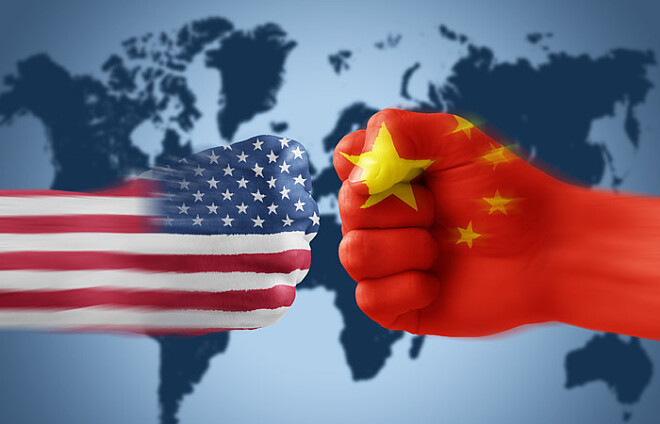China trade ‘likely to slow down’ in second half of year

China’s trade may slow in the second half of year, according to the customs administration, despite strong imports and exports in June, which both beat expectations.
China’s exports grew by 32.2 per cent last month from a year earlier, to US$281.42 billion – up from the 27.9 per cent growth seen in May, data released on Tuesday showed. This was above the median result of a survey of analysts conducted by Bloomberg, which predicted 22.9 per cent growth.
This was the 12th consecutive period of export growth, although the fact that exports rose by just 0.5 per cent in June last year due to the impact of the coronavirus means the latest figures started from a low base.
Imports grew by 36.7 per cent in June from a year earlier, to US$229.89 billion – down from the 51.1 per cent growth in May, according to data from China’s General Administration of Customs. This was also above the result of the Bloomberg survey, which predicted 29.3 per cent growth.
This was the ninth consecutive period of import growth, but again, imports rose by only 2.7 per cent in June last year.
“Due to a higher base one year ago, the year-on-year growth rate of imports and exports in the second half of the year is likely to slow down, while the trade throughout the year is still expected to maintain a rapid growth,” Chinese customs spokesman Li Kuiwen said on Tuesday.
China’s total trade surplus stood at US$51.53 billion in June, compared with US$45.53 billion in May.
“Headline trade growth was stronger than expected last month, partly thanks to easing shortages of semiconductors. But exports remained below their recent peak and we still think shipments will soften in the coming quarters,” said Julian Evans-Pritchard, senior China economist at Capital Economics.
“The latest data suggests that easing supply shortages and still strong demand have helped to shore up trade volumes recently. That said, we continue to think that, with trade volumes still well above their pre-virus trend, they will drop back over the coming quarters.
“The pandemic-induced surge in retail sales in advanced economies has started to reverse recently as consumption patterns begin to normalise amid reopening. Once retailers in these countries have rebuilt their inventories, softer consumer demand will feed through into weaker foreign demand for Chinese exports.
“Meanwhile, the recent pullback in credit growth is likely to weigh on import volumes as the composition of domestic expenditure shifts from investment toward consumption.”
Read also
Wheat in Southern Brazil Impacted by Dry Weather and Frosts
Oilseed Industry. Leaders and Strategies in the Times of a Great Change
Black Sea & Danube Region: Oilseed and Vegoil Markets Within Ongoing Transfor...
Serbia. The drought will cause extremely high losses for farmers this year
2023/24 Safrinha Corn in Brazil 91% Harvested
Write to us
Our manager will contact you soon



